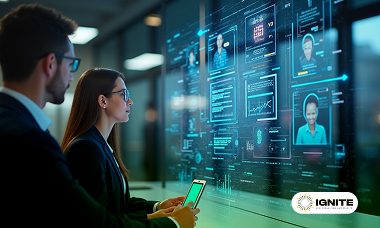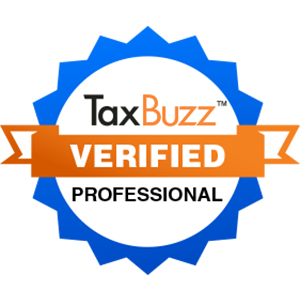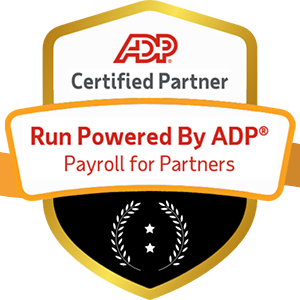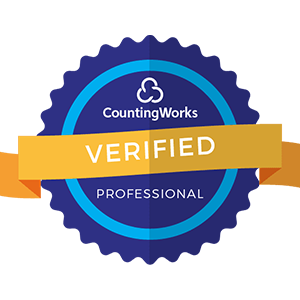
Introduction: The world of talent acquisition is undergoing a significant transformation, thanks to the advent of generative AI. This cutting-edge technology is revolutionizing the way companies source and screen candidates, making the process more efficient, effective, and inclusive. In this article, we'll explore how generative AI is changing the game in talent acquisition and what it means for job seekers and employers alike.
Before we dive into the specifics of how generative AI is impacting talent acquisition, let's define what it is. Generative AI is a subset of artificial intelligence that focuses on creating new content, such as text, images, or audio, based on patterns learned from existing data. Unlike traditional AI, which is designed to recognize and classify existing data, generative AI has the ability to create something entirely new.
In the context of talent acquisition, generative AI can be used to:

So why should companies consider incorporating generative AI into their talent acquisition processes? Here are just a few of the benefits:
Generative AI can automate many of the time-consuming tasks associated with sourcing and screening candidates, such as reviewing resumes and conducting initial interviews. This frees up recruiters to focus on higher-level tasks, such as building relationships with top candidates and making strategic hiring decisions.
By using generative AI to create more inclusive job descriptions and provide personalized communication throughout the hiring process, companies can improve the overall candidate experience. This can lead to higher application rates, better candidate engagement, and ultimately, more successful hires.
One of the biggest challenges in talent acquisition is reducing bias in the hiring process. Generative AI can help by creating job descriptions that are free from gender-coded language or other biases, and by analyzing resumes and cover letters based on objective criteria rather than subjective impressions.
By leveraging generative AI to create compelling job descriptions and candidate communication, companies can enhance their employer brand and attract top talent. This is particularly important in today's competitive job market, where candidates have more options than ever before.
So what does generative AI look like in practice? Here are a few real-world examples of how companies are using this technology to revolutionize their talent acquisition processes:
Textio is a company that uses generative AI to analyze and optimize job descriptions for inclusivity and appeal. By identifying and removing biased language, Textio helps companies attract a more diverse pool of candidates and improve their overall hiring outcomes.
Mya Systems is a company that uses generative AI to create chatbots and virtual assistants for initial candidate screening. By automating the initial screening process, Mya Systems helps companies save time and resources while providing candidates with a more engaging and personalized experience.
Paradox is a company that uses generative AI to create personalized candidate communication throughout the hiring process. By analyzing candidate data and preferences, Paradox generates targeted emails, text messages, and other forms of communication to keep candidates engaged and informed.
As generative AI continues to evolve and mature, we can expect to see even more innovative applications in the world of talent acquisition. Some potential future developments include:
By analyzing data on past hires and their performance, generative AI could potentially predict which candidates are most likely to succeed in a given role. This could help companies make more informed hiring decisions and reduce turnover.
Generative AI could be used to create personalized onboarding experiences for new hires, based on their individual strengths, weaknesses, and learning styles. This could help new employees ramp up more quickly and feel more engaged from day one.
Generative AI could also be used to create personalized learning and development plans for employees, based on their career goals and skill gaps. This could help companies retain top talent by providing ongoing opportunities for growth and development.
As with any new technology, there are certainly challenges and considerations to keep in mind when implementing generative AI in talent acquisition:

For job seekers, the rise of generative AI means:
To succeed in this new landscape, job seekers should:
For employers, implementing generative AI requires:
Generative AI is a game-changer in the world of talent acquisition, offering companies new and innovative ways to source and screen candidates. By leveraging this technology to create more inclusive job descriptions, automate initial screening, and provide personalized candidate communication, companies can improve their hiring outcomes while enhancing their employer brand.
For job seekers, the rise of generative AI means a more engaging and personalized hiring experience, with less bias and more opportunity for success. As this technology continues to evolve, we can expect to see even more exciting developments in the years to come


